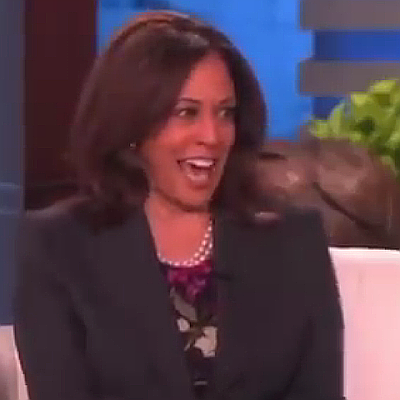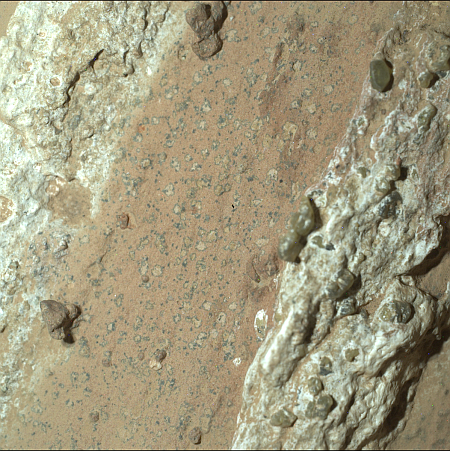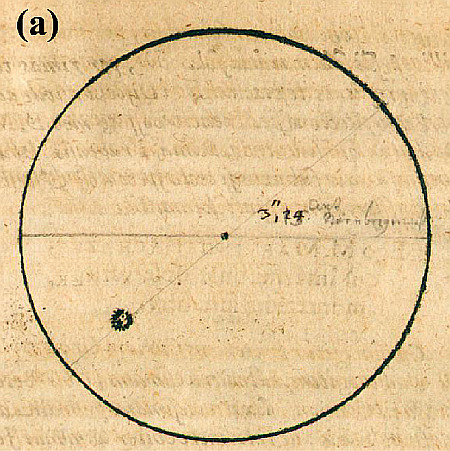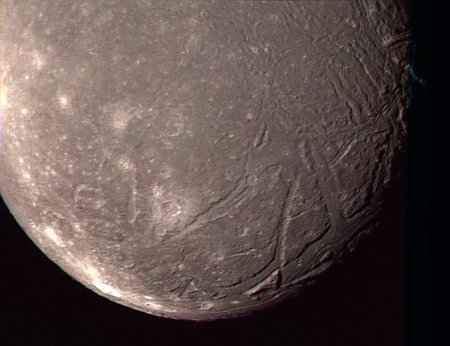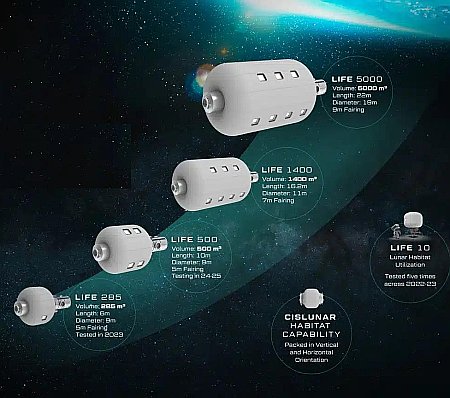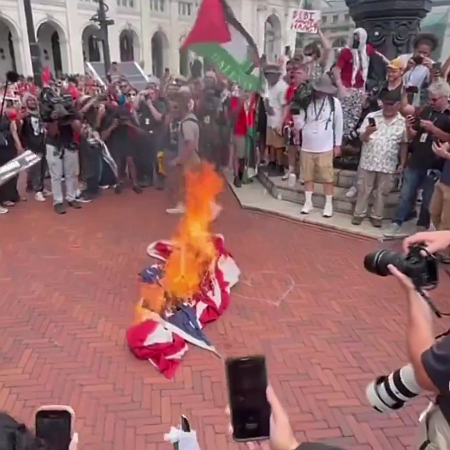SpaceX launches another 20 Starlink satellites
I had my days wrong last night. In the previous post I said that SpaceX had another launch scheduled for later tonight. In actuality that launch was today, but in the wee hours early this morning. Four hours after a Falcon 9 placed 23 Starlink satellites into orbit from Cape Canaveral, another Falcon 9 placed 20 Starlink satellites into orbit from Vandenberg in California. That’s three launches in just one day.
The first stage completed its seventeenth launch, landing on a drone ship in the Pacific.
The leaders in the 2024 launch race:
74 SpaceX
31 China
8 Rocket Lab
8 Russia
American private enterprise now leads the rest of the world combined in successful launches 86 to 47, while SpaceX by itself leads the entire world combined, including American companies, 74 to 59.
I had my days wrong last night. In the previous post I said that SpaceX had another launch scheduled for later tonight. In actuality that launch was today, but in the wee hours early this morning. Four hours after a Falcon 9 placed 23 Starlink satellites into orbit from Cape Canaveral, another Falcon 9 placed 20 Starlink satellites into orbit from Vandenberg in California. That’s three launches in just one day.
The first stage completed its seventeenth launch, landing on a drone ship in the Pacific.
The leaders in the 2024 launch race:
74 SpaceX
31 China
8 Rocket Lab
8 Russia
American private enterprise now leads the rest of the world combined in successful launches 86 to 47, while SpaceX by itself leads the entire world combined, including American companies, 74 to 59.


